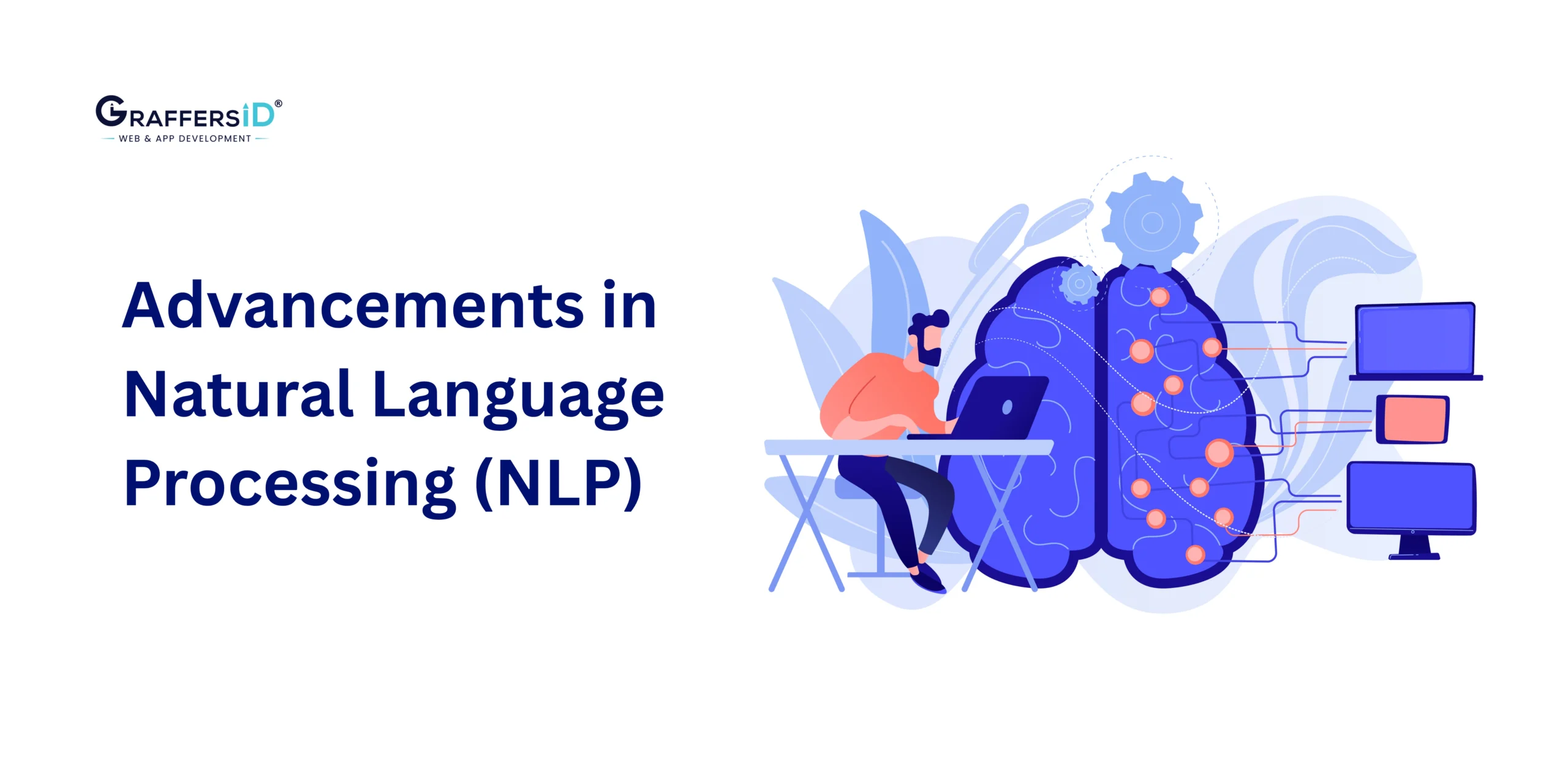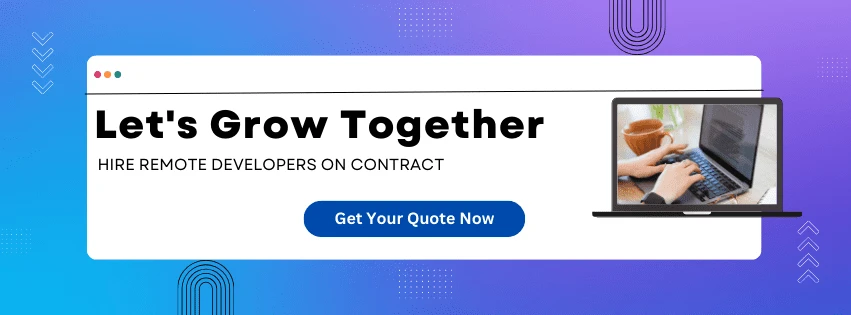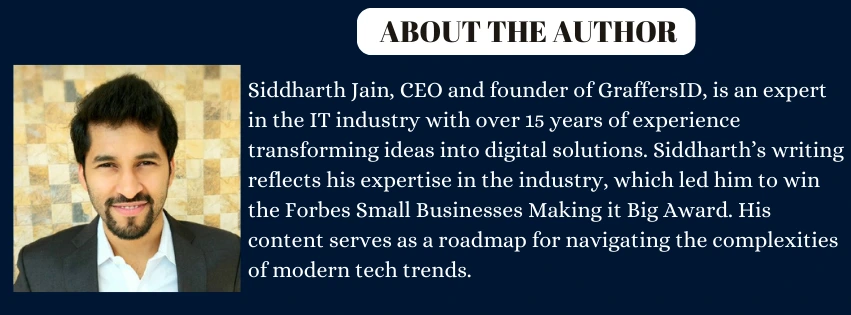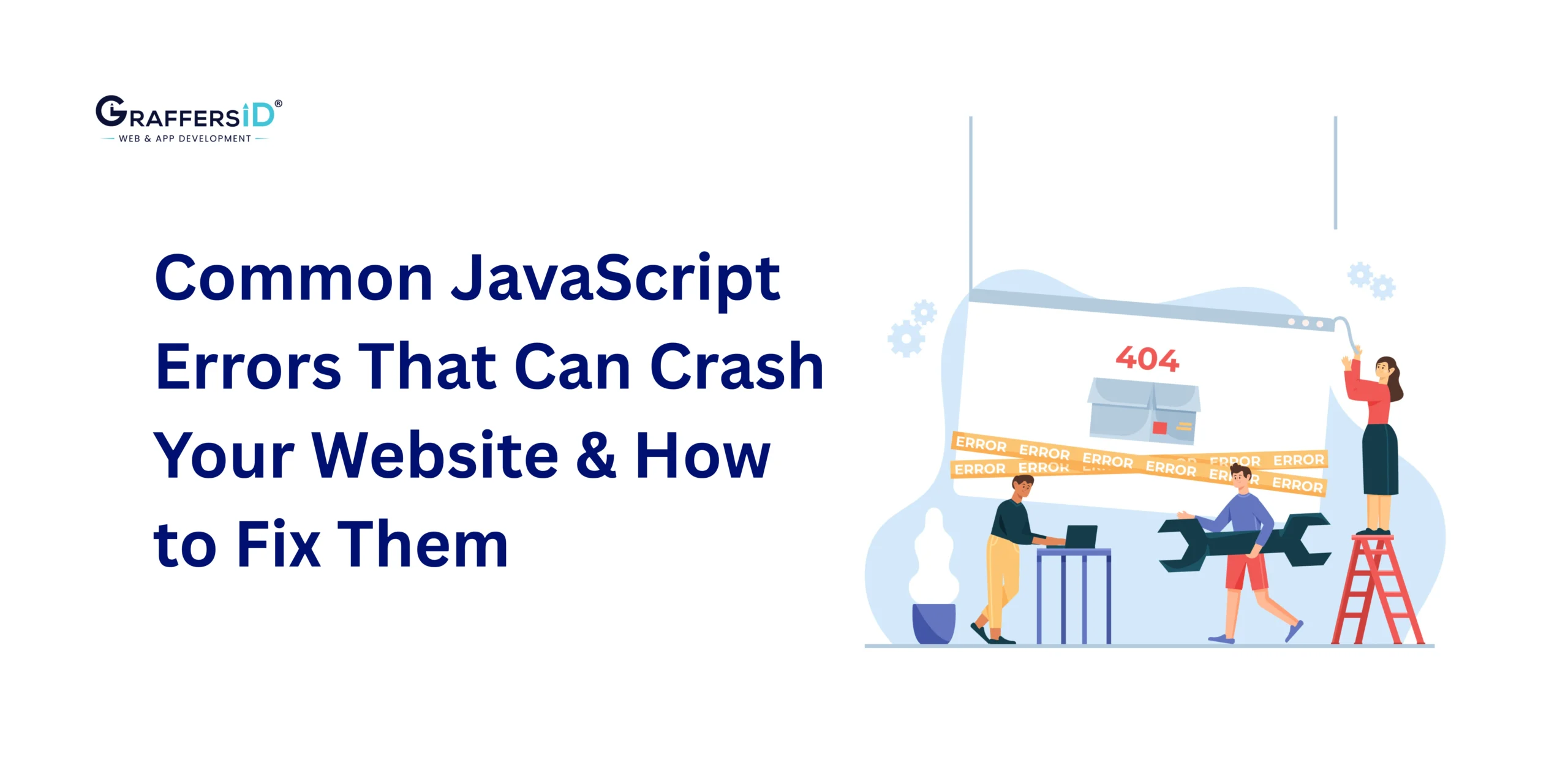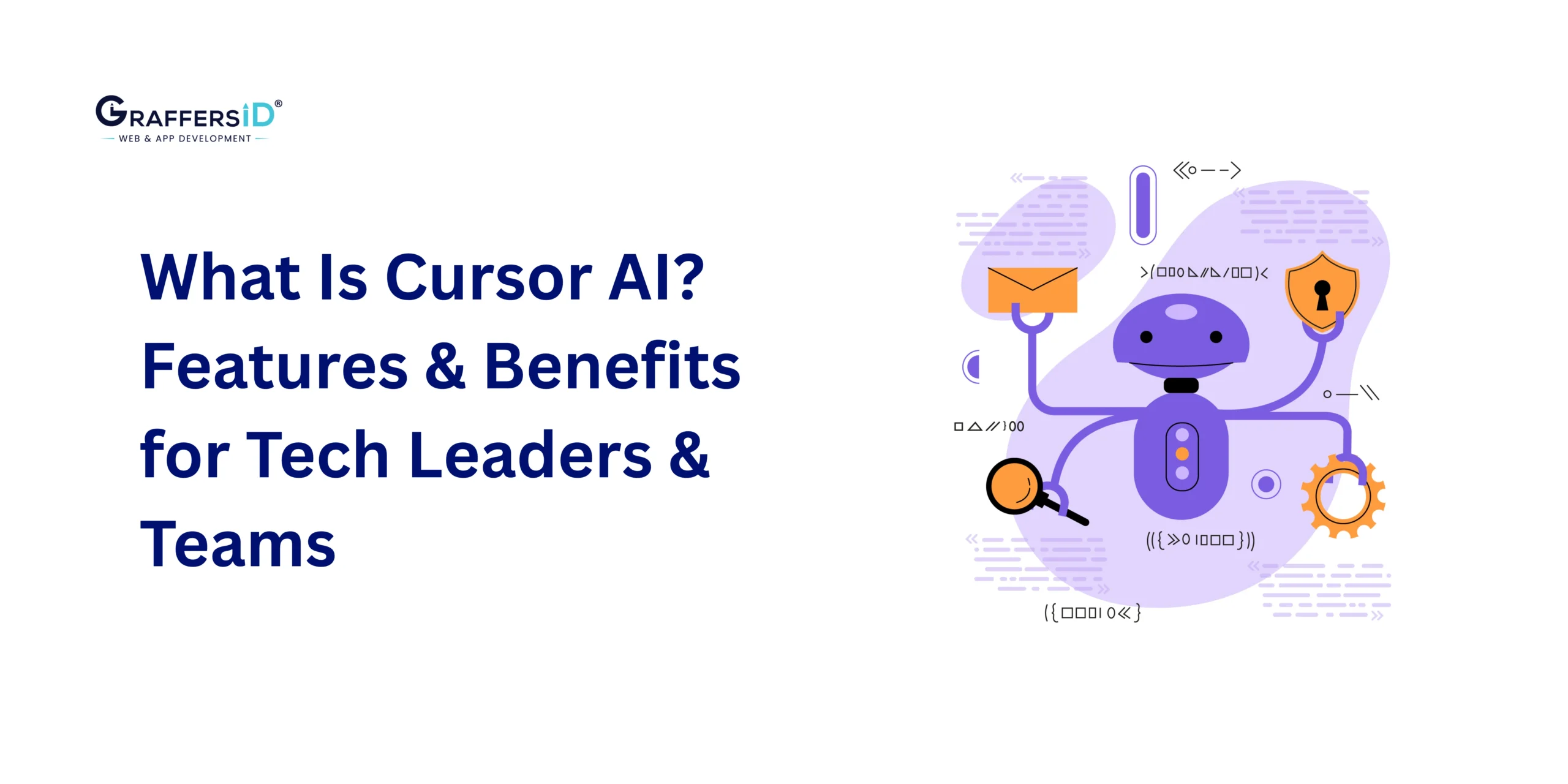Natural Language Processing (NLP) is at the forefront of artificial intelligence in 2025, enabling robots to understand, interpret, and generate human language with nearly human precision. From handling multilingual conversations to generating complex reports or automating workflows, NLP is not just a support tool anymore—it has become central to intelligent applications across sectors. Deep learning, transfer learning, and attention-based transformer models have been combined to enable the development of models that understand language in context as well as process it.
In this blog, we explore how NLP has evolved, what cutting-edge tools and research areas are shaping its future, and how real-world industries are leveraging these advancements for strategic growth.
Evolution of Natural Language Processing (NLP)
Over the past ten years, NLP has advanced rapidly due to a number of significant innovations:
- BERT (2018): A bidirectional method of comprehending text context was introduced by Google’s Bidirectional Encoder Representations from Transformers, revolutionizing sentiment analysis and Q&A systems.
- GPT-3 (2020): OpenAI’s 175B parameter language model was a huge milestone in human-like text generation.
- GPT-4, Claude, and Gemini (2023-2025): These new models are combining multimodal abilities, enhanced reasoning, and few-shot learning to enable more advanced use cases.
- RAG and Retrieval-Augmented Generation (2023+): Merging retrieval systems with generative models allows for real-time, factual, context-aware responses.
These models showed the efficiency of the attention-based transformer design, laying the basis for the developments of today.
Read More: What Are LLMs? Benefits, Use Cases, & Top Models in 2025
Core Research Focus in NLP (2025)
NLP research has broadened its scope beyond language proficiency. Key areas in 2025 include:
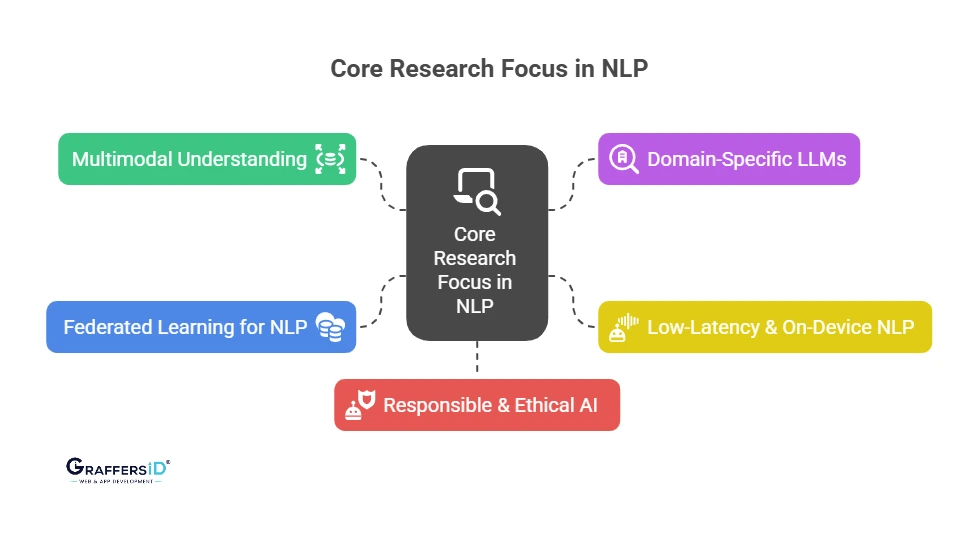
- Multimodal Understanding: Using music, video, graphics, and text to improve understanding. Models such as ImageBind and GPT-4V enable higher-level interactions.
- Domain-Specific LLMs: Models fine-tuned for law, healthcare, finance, and e-commerce are outperforming general-purpose models in their domains.
- Low-Latency & On-Device NLP: Real-time edge processing, which minimizes cloud inference dependency, is being researched for mobile, IoT, and AR/VR use cases.
- Federated Learning for NLP: Preserving privacy while training across decentralized data sources.
- Responsible & Ethical AI: Handling explainability, bias, and data transparency to ensure fair and clear NLP systems.
Latest Natural Language Processing Techniques & Methods
The following methods work together to run NLP systems in 2025:
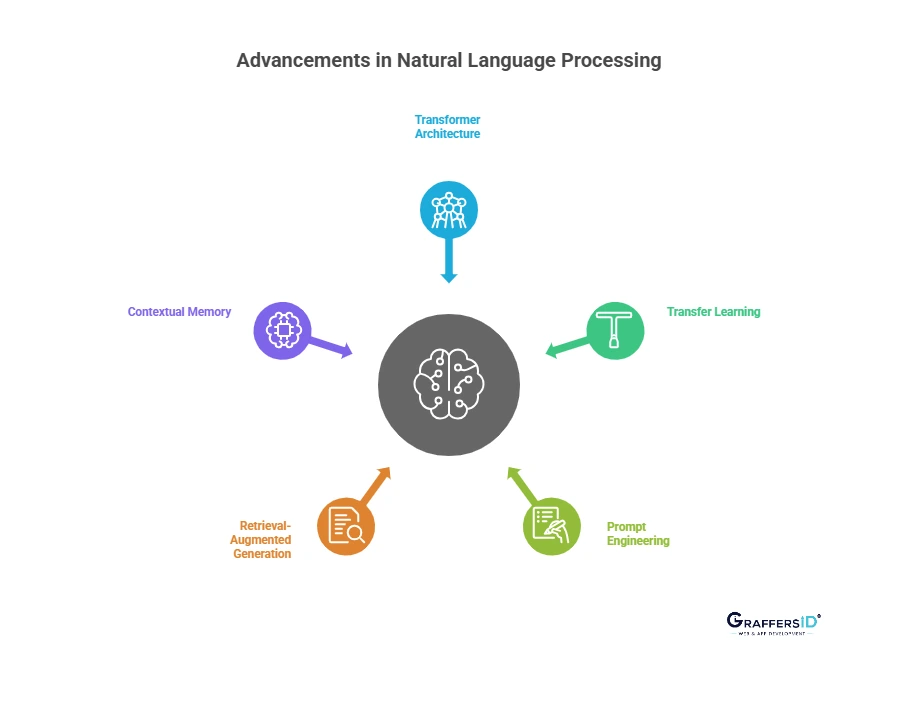
- Transformer Architecture: The backbone of LLMs, using self-attention to model relationships across long text spans.
- Transfer Learning & Few-Shot Learning: The implementation of pre-trained models, such as GPT-4.5, can be improved by simply fine-tuning them with a few examples.
- Prompt Engineering: Crafting strategic prompts to get desired outputs without retraining models.
- Retrieval-Augmented Generation (RAG): Enhances generative capabilities by retrieving factual documents to supplement output.
- Contextual Memory & Chain-of-Thought (CoT): Enabling multi-step reasoning, coreference resolution, and better conversation flow.
Advancements in Core NLP Tasks
Many basic NLP tasks have significantly improved:
- Semantic Understanding: NLP models now parse sentence meaning, metaphor, sarcasm, and intent far more accurately.
- Sentiment Analysis: Emotional intelligence in bots is enhanced via multi-layered sentiment detection.
- Named Entity Recognition (NER): NER systems can now recognize custom and domain-specific entities without extensive retraining.
- Summarization: Abstractive models create concise, coherent, and informative summaries for legal contracts, research papers, and transcripts.
- Intent Detection & Co-reference Resolution: Across paragraphs or conversations, systems handle confusing pronouns and identify what entities are being referred to.
Latest NLP Tools, APIs, and Frameworks in 2025
There are many advanced technologies available in the NLP ecosystem in 2025:
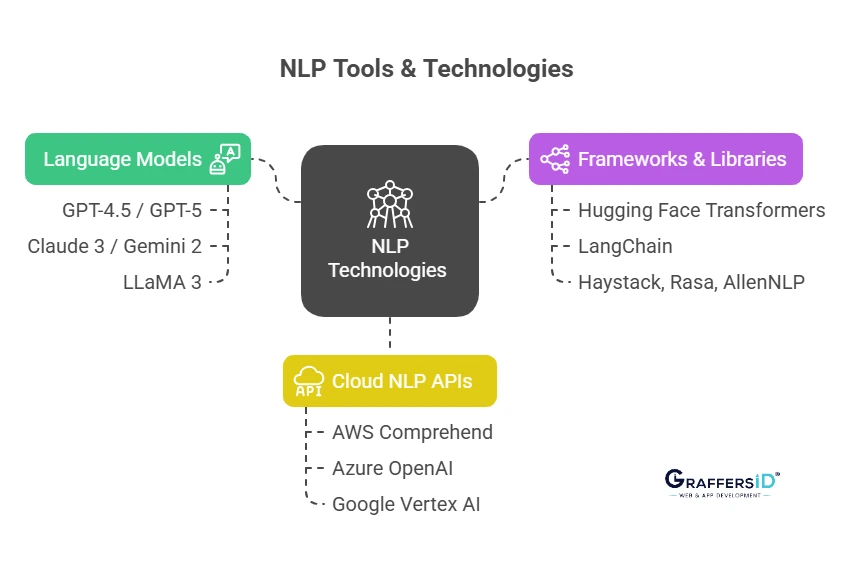
1. Language Models
- GPT-4.5 / GPT-5: Supports multimodal, multilingual, and highly personalized interactions.
- Claude 3 / Gemini 2: Known for reasoning capabilities and real-time conversational AI.
- LLaMA 3: Open-source model popular for customizable NLP apps.
2. Frameworks & Libraries
- Hugging Face Transformers: Continues to dominate for fine-tuning and deploying open-source models.
- LangChain: Enables agentic workflows using LLMs for decision-making and tool use.
- Haystack, Rasa, and AllenNLP: For search pipelines, conversational agents, and academic research.
3. Cloud NLP APIs
- AWS Comprehend, Azure OpenAI, and Google Vertex AI provide plug-and-play solutions for translation, summarization, entity detection, and sentiment analysis.
Real-World Applications of NLP Across Industries in 2025
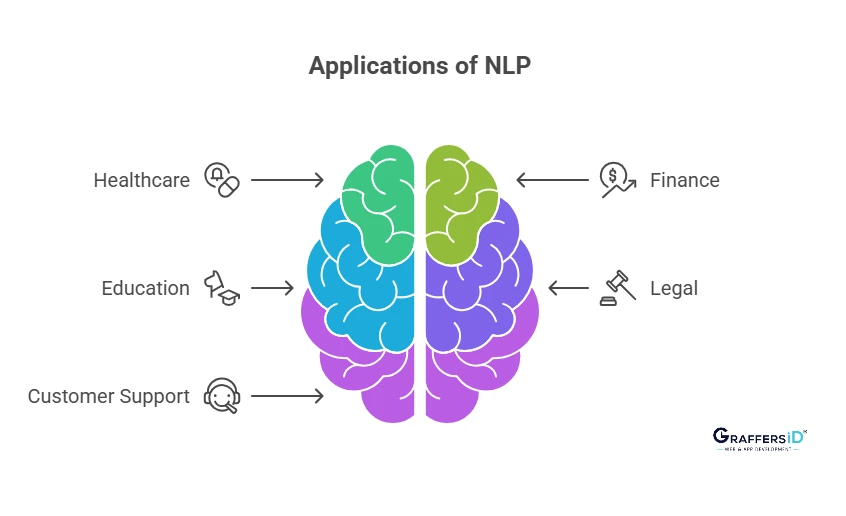
1. Healthcare
- Clinical Summarization: Automatically summarizes physician notes for patient handovers.
- Drug Discovery: NLP models analyze journals and molecular databases to suggest compound interactions.
- Patient Interaction: Chatbots assist with appointment booking, symptom triage, and prescription reminders.
2. Finance
- Fraud Detection: NLP parses transactional descriptions and flags unusual behavior.
- Investor Sentiment Analysis: Scrapes news, blogs, and social media to predict market sentiment.
- Document Automation: NLP reads and extracts data from invoices, agreements, and disclosures.
3. Education
- AI Tutors: NLP-powered tutors offer personalized feedback, grammar correction, and topic suggestions.
- Essay Evaluation: Automatically grades based on coherence, structure, and vocabulary.
- Voice-to-Text Learning: Converts spoken lectures into summarized notes.
4. Legal
- Contract Analysis: Extract clauses, identify risks, and benchmark against standards.
- Compliance Monitoring: NLP tools scan communications to flag potential legal violations.
- Legal Research Assistants: Answer queries based on case law and statutes.
5. Customer Support
- Emotionally Intelligent Chatbots: Detect frustration, offer empathy, and escalate wisely.
- 24/7 Multilingual Support: NLP enables instant translation and understanding across regions.
Read More: OpenAI’s GPT vs. Google Gemini: Which AI Model is Better for Workflow Automation in 2025?
How NLP Enhances Human-Machine Interaction and Collaboration in 2025?
NLP is fundamentally enhancing how we interact with machines:
- Emotion-Aware Systems: Understanding user emotions from tone or text sentiment.
- Voice-First Interfaces: NLP is powering wearables, smart glasses, and home assistants.
- Accessibility: For the visually or speech-impaired, screen readers and voice interfaces are becoming more responsive and natural.
- AR/VR & Metaverse Integration: NLP enables natural conversation with AI avatars, NPCs, and virtual agents in immersive environments.
Business Benefits & Impact of Natural Language Processing (NLP)
Organizations implementing NLP in 2025 report:
- 50-70% reduction in manual document processing times.
- Increased user satisfaction scores from smarter, responsive bots.
- Faster decision-making via real-time analytics and summarization.
- Multilingual expansion of digital products with zero added hiring costs.
💡 Did You Know?
85% of U.S.-based tech companies have adopted LLM-powered chatbots to cut customer support costs by over 40%
Best NLP Tools & Datasets for Developers in 2025
To stay ahead, developers use:
- Datasets: SQuAD, MIMIC-III (medical), OSCAR (multilingual), MS MARCO (search), LegalBench (legal reasoning)
- Open-Source Tools: Colab notebooks, AutoTrain by Hugging Face, LangChain templates
- Model Hubs: Hugging Face, Replicate, Together.ai for community-contributed models
Ethical Challenges in NLP and How to Solve Them
Despite progress, NLP still faces risks:
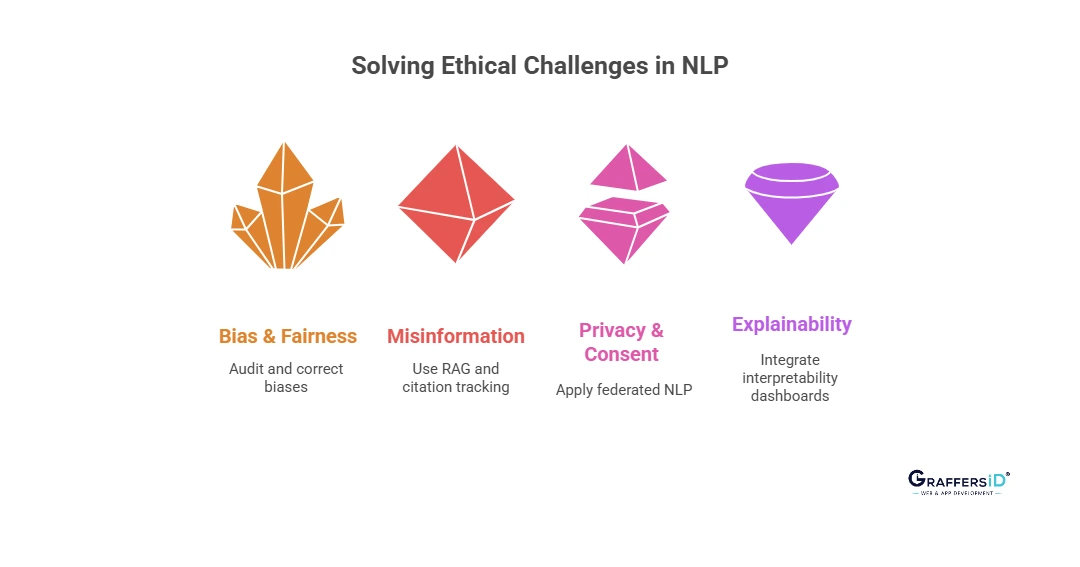
- Bias & Fairness: Socio-political biases in training data require regular audits and bias correction layers.
- Misinformation & Hallucination: Verification systems using RAG and citation tracking are gaining traction.
- Privacy & Consent: Federated NLP and synthetic data generation are being used to protect PII.
- Explainability: Tools like SHAP, LIME, and interpretability dashboards are being integrated into LLM workflows.
Future of Natural Language Processing: What’s Next for NLP in 2025 and Beyond?
As the field matures, expect:
- Better Memory & Reasoning: Long-form conversation tracking and planning.
- Neuro-Symbolic NLP: Combining statistical LLMs with symbolic reasoning engines.
- Autonomous Agents: LLMs that plan, reason, and interact with APIs or tools autonomously.
- Efficient LLMs: Smaller, cheaper models that match the performance of today’s giants.
Conclusion
One of the most remarkable developments in artificial intelligence is the development of natural language processing (NLP) from simple text parsing to complex contextual understanding. In 2025, NLP is no longer an optional feature—it is the engine powering enterprise transformation, customer experience, education, and healthcare. Businesses can achieve unprecedented efficiencies and next-generation digital experiences by implementing innovative NLP technologies while maintaining moral standards.
Looking to build custom NLP solutions or integrate LLMs into your workflows?
Hire expert AI developers from GraffersID to develop intelligent, secure, and scalable NLP applications tailored to your business needs.
